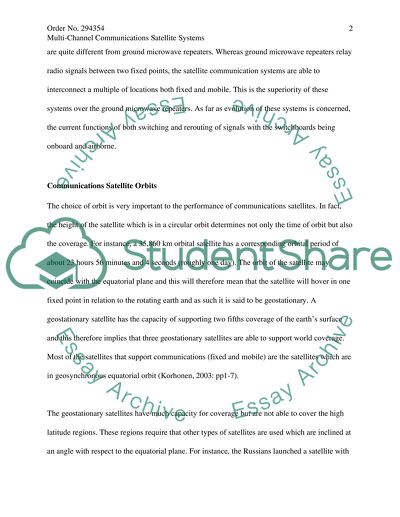Cite this document
(“Satellite Communications Essay Example | Topics and Well Written Essays - 2250 words”, n.d.)
Satellite Communications Essay Example | Topics and Well Written Essays - 2250 words. Retrieved from https://studentshare.org/miscellaneous/1504805-satellite-communications
Satellite Communications Essay Example | Topics and Well Written Essays - 2250 words. Retrieved from https://studentshare.org/miscellaneous/1504805-satellite-communications
(Satellite Communications Essay Example | Topics and Well Written Essays - 2250 Words)
Satellite Communications Essay Example | Topics and Well Written Essays - 2250 Words. https://studentshare.org/miscellaneous/1504805-satellite-communications.
Satellite Communications Essay Example | Topics and Well Written Essays - 2250 Words. https://studentshare.org/miscellaneous/1504805-satellite-communications.
“Satellite Communications Essay Example | Topics and Well Written Essays - 2250 Words”, n.d. https://studentshare.org/miscellaneous/1504805-satellite-communications.


